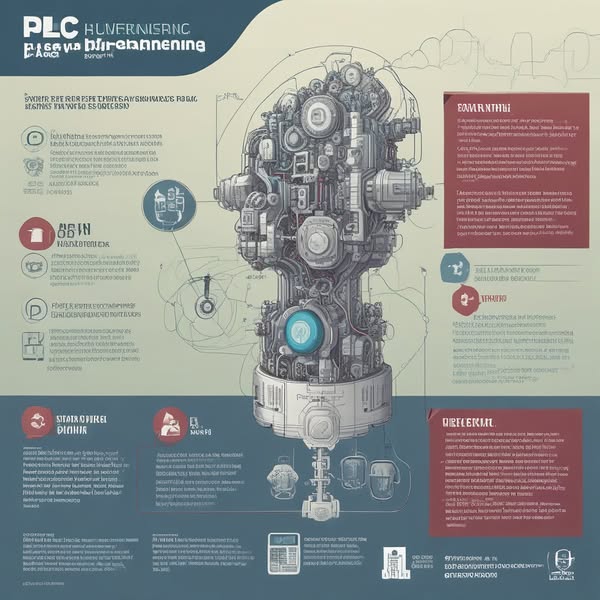
About Course
🤖 PLC Programming: Industrial Process Control Using PLCs
Course Code: 2039-MECH/NC
Category: Industrial Control & Automation
Duration: 5 Weeks (15 sessions, 2 hours each)
📝 1. Introduction
PLC (Programmable Logic Controller) systems form the backbone of modern industrial automation. This course teaches you how to program, simulate, and troubleshoot PLC-based control systems, covering both digital and analog operations, and integration with HMIs.
👥 2. Target Audience
-
Control & Automation Engineers
-
Electrical & Electronics Engineers
-
Industrial Maintenance Technicians
🎯 3. Objectives
By the end of this course, you will:
-
Understand the core components and types of PLCs
-
Write and test basic to advanced control programs
-
Connect PLCs to industrial equipment and sensors
-
Implement hands-on projects for process control
-
Integrate PLC systems with HMI for real-time monitoring
✅ 4. What You Will Learn
-
Basics of PLCs and their architecture
-
Ladder Logic (LD) programming language
-
Digital and analog I/O configuration
-
Using timers, counters, and PID controllers
-
Communication protocols (Modbus, Profibus)
-
Fault diagnosis and system simulation
-
Connecting PLCs to HMI systems
-
Designing real-time monitoring dashboards
📚 5. Materials Provided
-
PLC programming manuals (Siemens & Allen Bradley)
-
Sample ladder logic programs and exercises
-
Simulation files and lab setups
-
Troubleshooting guides
-
Case studies and real-world scenarios
-
Session recordings and Q&A summaries
🧰 6. Requirements
-
Basic understanding of automation or electrical systems
-
Laptop with TIA Portal or Studio 5000 (trial versions acceptable)
-
Enthusiasm for industrial control systems and programming
🕒 7. Time Frame
-
Total Duration: 5 Weeks
-
Sessions: 15 sessions (2 hours each)
-
Schedule: 3 sessions/week (e.g., Sunday, Tuesday, Thursday)
-
Support: Weekly feedback and troubleshooting assistance
💻 8. Course Format
-
Instructor-led live sessions (Zoom/MS Teams)
-
Interactive labs and simulation-based tasks
-
Weekly assignments and code reviews
-
Final project with evaluation
-
Completion certificate provided
🗂️ 9. Detailed Weekly Breakdown
📅 Week 1: Introduction to PLCs and System Components
-
What is a PLC and types (Siemens, Allen Bradley)
-
Core components: CPU, I/O modules, power supplies
-
Introduction to Ladder Logic programming (LD)
-
Setting up programming environment (TIA Portal or Studio 5000)
Practice: Basic PLC configuration and I/O testing
📅 Week 2: Basic Programming & Digital Control
-
Writing programs using Ladder Logic
-
Configuring digital inputs and outputs
-
Working with timers and counters
Practice: Motor control and traffic light simulation
📅 Week 3: Analog Control and Communication
-
Analog I/O configuration
-
Implementing PID controllers in PLC
-
Industrial protocols: Modbus, Profibus
Practice: PID-based temperature control project
📅 Week 4: Advanced Projects & Troubleshooting
-
Multi-device control: Conveyor belts, batch mixers
-
Debugging and error handling
-
System testing and simulation
-
Best practices for code structure and maintenance
Practice: Full production line control scenario
📅 Week 5: HMI Integration & Real-Time Monitoring
-
Connecting PLCs to Human-Machine Interfaces (HMIs)
-
Designing user-friendly HMI screens
-
Real-time data display and alarms
Final Project: Full PLC-HMI integration with process monitoring
Course Content
🤖 PLC Programming: Industrial Process Control Using PLCs
Student Ratings & Reviews



